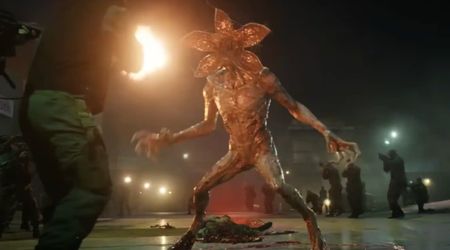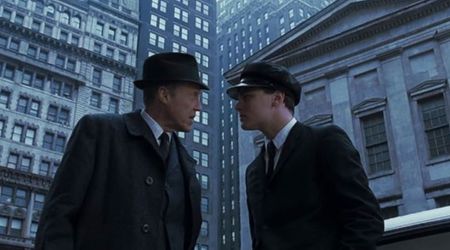How fast is Mach 10? Humans unlikely to survive 'Top Gun: Maverick' stunt

LOS ANGELES, CALIFORNIA: In 'Top Gun: Maverick', former Top Gun instructor Maverick flies the Darkstar, an experimental aircraft. The Lockheed Martin SR-71, aka Blackbird, was in use from the late 1960s until the 1980s and had a top speed of Mach 3.2, which allowed it to outrun enemy missiles. Lockheed served as a film consultant, therefore it's possible that the Darkstar was based on a variety of experimental aircraft, including the SR-72, a Blackbird replacement that is now being developed. By 2025, the corporation plans to start conducting test flights with the SR-72, which has a top speed of Mach 6 and is almost twice as fast as its forerunner.
Maverick launches the Darkstar on a test flight in the early act of the 'Top Gun' sequel, with the goal of attaining Mach 9. Upon learning that Rear Admiral Cain from Top Gun was on his way to end the programme, Maverick takes out the aircraft with the goal of demonstrating just how fast the Darkstar is capable of travelling. He eventually accelerates the jet to Mach 10, and then he accelerates the Darkstar even faster, to Mach 10.2, before the craft loses control and disintegrates. So how fast is Mach 10?
RELATED ARTICLES
'Top Gun: Maverick' Review: Tom Cruise delivers an exhilarating sequel filled with nostalgia
How fast is Mach 10?
Fluid dynamics uses the term "mach" to describe the ratio of an object's speed to the sound speed. Hence, Mach 1 represents the sound's true speed, which is 760 mph at sea level. Despite being 760 mph at sea level, the speed of sound is actually closer to 660 mph at 55,000 ft. Maverick flies an experimental aircraft in the first scene of the Top Gun sequel, which doesn't actually exist. Nonetheless, there are certain things that are similar. The SR-71 and the reported SR-72 were both capable of ascending to altitudes of more than 80,000 feet, where the sound speed is slower than at sea level. As a result, answering the question "how fast is Mach 10?" is difficult.
The Darkstar will probably surpass the SR-72 in altitude. While there is little information on the speed of sound over 60,000 feet (apart from with jets dropped from space), the changes in temperature between 40,000 and 60,000 feet appear to be insignificant. If Maverick were to fly the Darkstar above 60,000 feet, the variations at 80,000 feet should also be negligible, making his predicted top speed (Mach 10.2) at about 6,732 mph. The pilot could theoretically use this to travel the length of the United States in under 25 minutes.
Can a human body survive the speed of Mach 10?
In 'Top Gun: Maverick', Tom Cruise's character achieves Mach 10 speed - one of the many technically impossible stunts featured in the movie. So, can the human body tolerate such acceleration? The most likely response is a definite no. However, Mach 10 speed has never been tested because it has never been attained by a manned aircraft. Yet, a spacecraft has actually reached Mach 10. On November 16, 2004, NASA launched the X-43A, an air-breathing hypersonic vehicle, which was able to do so as it was propelled into the atmosphere. Nonetheless, that craft was unmanned.
Humans have difficulty withstanding such a speed because of the acceleration required to get there and the resulting G-force. A typical person may withstand up to 4-6 Gs. Actual fighter pilots, on the other hand, can withstand 9Gs for a brief period of time, but this ability requires rigorous training.
The Mach 10 scene in 'Maverick', according to the film's director Joseph Kosinski, is both a tribute to the opening scene of the original and a chance to demonstrate how the character has been transported into the aviation future. More impressively, an actual pilot — one of the few authorised to use such a plan — performed the takeoff sequence. Since there was no stunt double for the iconic 'Top Gun' moment, Ed Harris had to suffer the injuries brought on by the plane's takeoff force.










